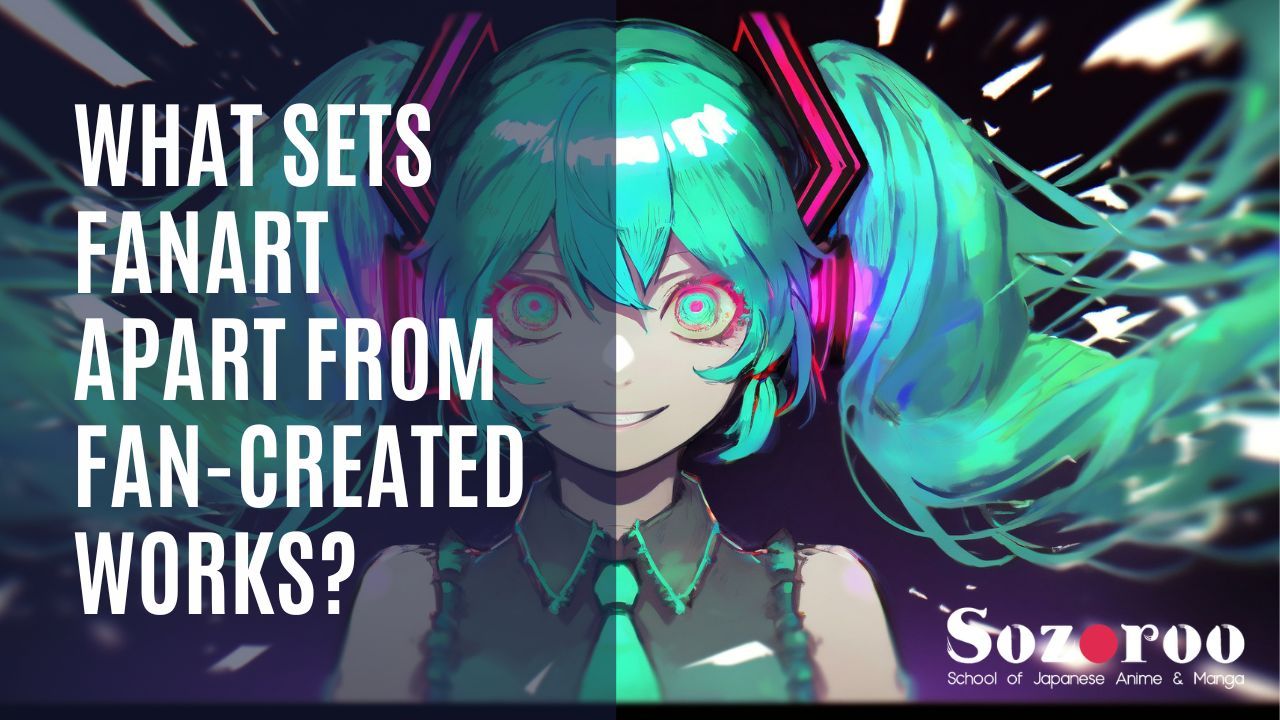
The proliferation of the Internet has led to an increased awareness of copyright issues. At the same time, many people are asking, "Is it legal to draw pictures of anime or manga characters without permission? "Is it considered fanart and therefore safe?" "Is there a gray area?" These questions have become increasingly common, and finding clear answers can be challenging. Let's take a closer look at fan-created works and fanart, which are often subject to vague perceptions.
The Basics of Fan-Created Works
First and foremost, it's important to understand that fan-created works are, in principle, illegal. Modifying copyrighted works without the author's permission constitutes a violation of adaptation rights and the right to maintain the integrity of the original work. However, these copyright violations are not strictly enforced because they are considered misdemeanors that require the copyright holder to file a complaint.
Reasons for the Legal Gray Area
Because of their nature as offenses that require the copyright holder to file a complaint, fan-created works are not automatically considered illegal unless the author takes legal action. Authors often recognize fan-created works as expressions of love for their creations and consider them "fan activities."As a result, the current situation is characterized by a state of "tacit approval."
The concept of a legal gray area stems from this perspective. Some authors explicitly state that "fan-created works are allowed," while others post guidelines for fan-created works on their official websites, indicating that adherence to these guidelines is acceptable.
What About "Fanart"?
So how is fan art different from fan-created works? Basically, fanart is just a difference in terminology, depending on whether you use Japanese or English. Fanart is the collective term for fan-created works in English-speaking countries. In Japan, the term "fan-created works" 二次創作 (Nijisousaku) is commonly used, and includes manga, novels, illustrations, and even video creation.
When Fanart May Not Apply
Up to this point, we have discussed fan-created works as creations derived from original works by existing authors. However, there are also works that do not adhere to this premise. These are known as "real-life" or "3D" fanart, which depicts famous people who are currently active and exist in reality.
Fanart Involving Real-Life Individuals
Creating fanart based on real people is basically as illegal as creating fanart based on fictional characters. In Japan, there is a general feeling that fanart based on real-life people should be hidden or, ideally, not created at all. This is because such fanart often ignores the characteristics and preferences of the individuals, and it may contain explicit romantic or sexual scenes or depictions of the characters they portray.
As a result, there is a strong belief in Japan that fanart involving real people should be approached with caution, lest they or their fans be exposed to explicit content. However, with the rise of social media, this sentiment is gradually diminishing.
Examples of Acceptable Fanart
Examples of Acceptable Fanart
Occasionally, fanart that respects boundaries and avoids explicit content is well received. For example, manga artist Rie Aruga posted a "Comedian Battle Manga" on X (Twitter), which dramatically depicted popular comedians using their signature acts as fighting techniques. The fanart gained popularity on social media and was even retweeted by the comedians themselves, showing that it was accepted by the people it depicted.
Overseas, on the other hand, it's not uncommon to see more explicit fanart related to characters played by actors in television shows, which may even be presented to the actors themselves. This indicates a more open approach to fanart than in Japan.
Drawing the Line and Exercising Consideration
Fanart is an expression of deep love for a particular character or work. However, it's important to be aware that this is a borrowed medium. It is of the utmost importance to strike a balance between what is fanart and what is about real people, and to exercise discretion regarding content that may be offensive to those people or their fans. Let's continue to engage in appropriate activities with love for our favorite characters and stories, while respecting the sensitivities of others.
Join Sozoroo and Dive into the World of Anime! Enjoy a 7-Day Free Trial!
Start your anime and manga creation journey with our free trial. Ignite your passion, learn from the pros, and take the first step towards your dream career in animation.


